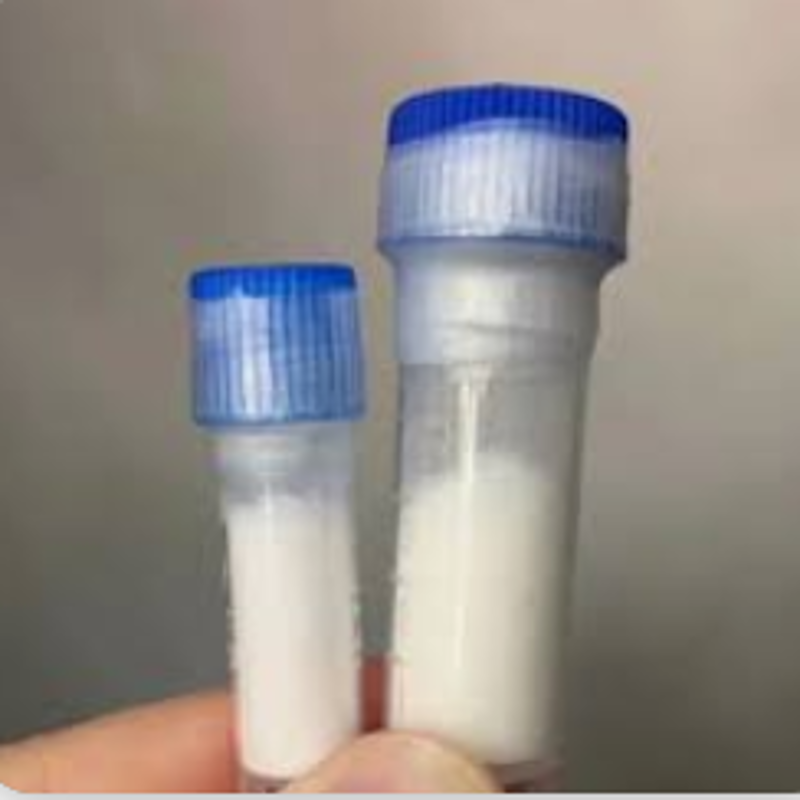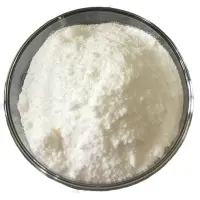-
Categories
-
Pharmaceutical Intermediates
-
Active Pharmaceutical Ingredients
-
Food Additives
- Industrial Coatings
- Agrochemicals
- Dyes and Pigments
- Surfactant
- Flavors and Fragrances
- Chemical Reagents
- Catalyst and Auxiliary
- Natural Products
- Inorganic Chemistry
-
Organic Chemistry
-
Biochemical Engineering
- Analytical Chemistry
-
Cosmetic Ingredient
- Water Treatment Chemical
-
Pharmaceutical Intermediates
Promotion
ECHEMI Mall
Wholesale
Weekly Price
Exhibition
News
-
Trade Service
Computational, cell biology, and human tissue-based studies identified GPNMB as a risk gene and potential therapeutic target for Parkinson's disease (PD), the researchers report
Although genome-wide association studies (GWAS) have identified more than 80 genetic loci that contribute to PD risk, the target genes and the biological mechanisms associated with them remain largely unexplored (see: JAMA Sub-Journal: Parkinson's What are the causative genes of the disease?, the GPNMB gene is also mentioned in this article)
We will assess a PD GWAS risk locus on chromosome 7 ((SNP) rs199347) and associate it with the transmembrane protein glycoprotein non-metastatic melanoma protein B (GPNMB), a posteriori for PD risk The probability was 94%, and the caudate GPNMB eQTL signal shared a causal variant
Further, in order to correlate GPNMB expression levels with PD risk, we used iPSCs with normal levels of GPNMB [wild-type (WT)], heterozygous deletion of GPNMB (Het), or homozygous deletion of GPNMB [knockout (KO)].
Because aSyn is a protein that accumulates in the hallmark pathological inclusions of PD, and because the progression of PD may be caused by the uptake and intercellular diffusion of pathological forms of aSyn, the relationship between GPNMB and aSyn was further explored
Furthermore, when iPSC-Ns were cultured for 14 days following a one-time addition of fibrillar aSyn to the medium, WT iPSC-Ns produced hyperphosphorylated insoluble aSyn inclusions, but these forms of aSyn pathology were not observed in GPNMB Het and KO.
Finally, using samples from 731 PD and 59 neuronormal control individuals, plasma GPNMB was found to be elevated in PD, and PD individuals with higher plasma GPNMB levels had more severe disease
This finding suggests that GPNMB may be a valuable biomarker of disease progression
However, the editor of Mace Medical believes that whether GPNMB can become a target still faces great challenges
Original source:
MARIA E.







